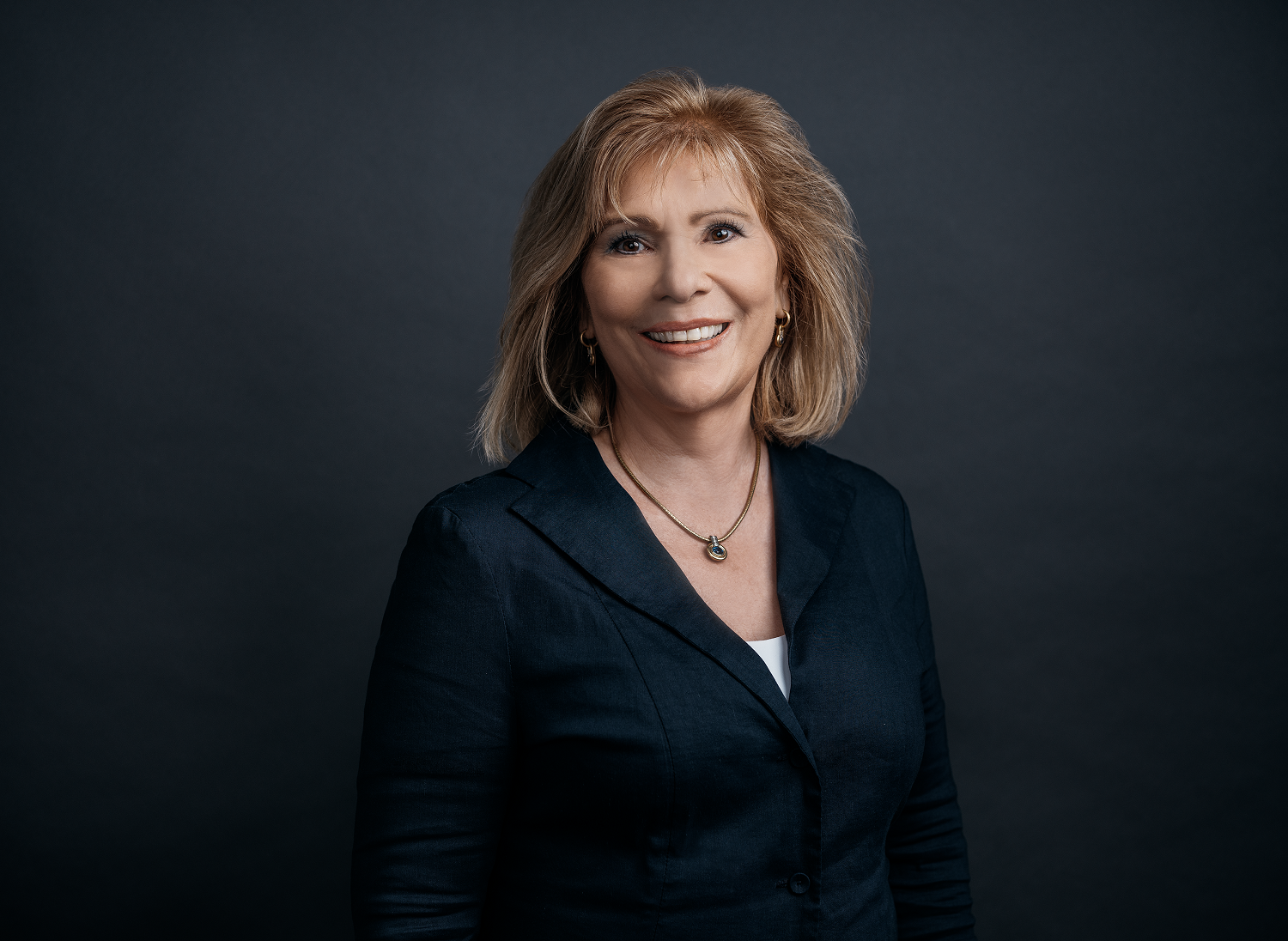Dear Members,
In my letter yesterday, I spent too little space on fully explaining the facts and issues around the new Telus Babylon product and the AMA’s concerns. Thank you for sending your concerns through to me. It is a complex problem and I need to address it further. Please be aware that AMA is currently working on a complete virtual care schedule with Alberta Health. It is imperative that this is operational as soon as possible. From my perspective, it is overdue.
Let’s start with what we know about Babylon.
Babylon was introduced without any consultation to the profession, which means we are getting information at the same time you are.
As we understand it, Babylon is functionally a new primary care clinic that offers only virtual service. It is in effect a virtual walk in clinic. It is not staffed by your regular family physician. Rather it provides access to a small number of doctors who work in rotation. There is no mechanism to assign patients to a consistent Babylon physician in order to maintain continuity. This service is focused on episodic care. The physicians involved are paid on an ARP that is below the standard ARP rate. However, they are provided the “overhead” of the platform and will have very few expenses when involved in this type of work.
Regarding medical records, Babylon has no relationship with the Telus EMR products. Currently, physicians (other than those in the ARP) cannot use the Babylon “platform” to provide service to their patients. The Babylon physicians have no access to the medical records of existing clinics nor do they contribute to those medical records directly. Babylon physicians maintain their own record of care. We are advised that Babylon will e-fax an encounter record to a patient’s regular family physician, but only if asked to do so by the patient. It is not currently clear if the details of that information exchange satisfy CPSA requirements, but CPSA is aware of these concerns.
This type of virtual-only clinic could be helpful in providing access to Albertans in remote or underserved areas where they don’t have the option of having a regular family physician. However, like many tools in medicine, what helps can also harm if used the wrong way.
The main risk is that patients with access to a regular family physician will be drawn to this virtual clinic. There are two major concerns. This type of care results in fragmentation and disruption of continuity of care. There is no associated service for conditions that have to be physically evaluated. Evidence shows in comparison with care from a regular family physician, this model of care results in more tests, more referrals, generates more visits to emergency and results in more hospitalizations. These are impacts we could not afford in a pre-COVID economy. In the current pandemic these outcomes will strain the system and are potentially life threatening to affected patients.
To be clear, the virtual nature of the visit is not the issue. Evidence also shows that care improves when patients have access to their regular physician and clinic in a virtual way. This is especially true in the current pandemic. That is one reason why the AMA is pressing the government to approve appropriate virtual care funding for all physicians. We need to maintain our critical infrastructure of physician offices (with combined virtual and in person services) to treat patients with non-COVID conditions and prevent the use of unnecessary emergency or hospital services.
Unfortunately government messaging over the introduction of this service has been broadly misconstrued. We have heard reports that patients believe they will see their own physician, the physician they see will have their records or that virtual visits are unique to this service and not offered by their regular physician. All of the above has already resulted in some patients switching their care at the worst possible time despite many family physicians being engaged in offering virtual options through their usual clinic settings.
Based on the above, the AMA will be pressing the government on the following issues:
- We need fair and effective virtual care options immediately for all physicians for pandemic management.
- We need government to stop “advertising” for one particular physician clinic and ignoring the rest.
- We need government to be more transparent with patients about the pros and cons of new services provided.
- After the pandemic, if physicians are allowed to offer their services virtually, we need the same privilege afforded to all physicians.
We will be discussing with government the interaction of this form of service with PCN funding and capitated ARP arrangements. It seems counter productive for government to expect those organizations and physicians to retain responsibility for panelled patients and yet see the associated funding diminished.
We are examining reports from other jurisdictions, such as the UK, where the introduction of Babylon had undesired and unintended consequences. We do not yet have the information to evaluate if, when and where these problems may arise in Alberta.
The above concerns are shared by the Section of Family Medicine, Section of Rural Medicine, and PCN Physician Leads. We are working together to get answers and adjustments from Alberta Health. We are also seeking to get community specialists improved access to virtual care tools and funding. This is not just a primary care challenge.
In conclusion, the AMA unequivocally supports the Patient’s Medical Home as the best model of primary care for Albertans, for the Alberta system and for our members. The AMA unequivocally supports physicians in community clinics. They are doing incredible work during this crisis.
Innovation is needed. It needs to focus on patients receiving the care they need and deserve. There must be support for all physicians to sustain their practices during the COVID crisis and beyond.
In your service,
Christine P. Molnar, MD, FRCPC
President, Alberta Medical Association
